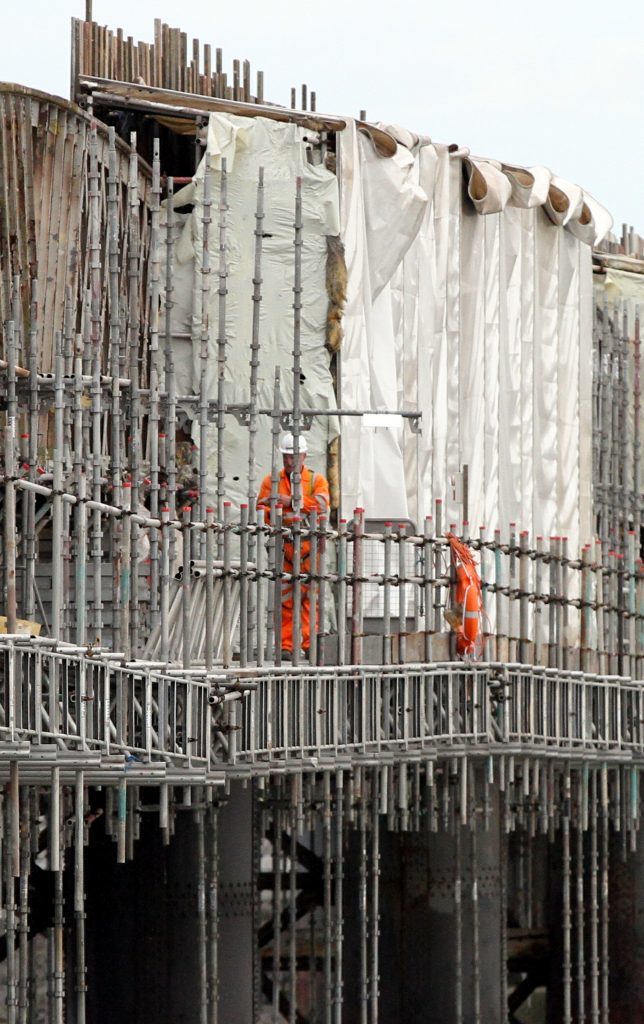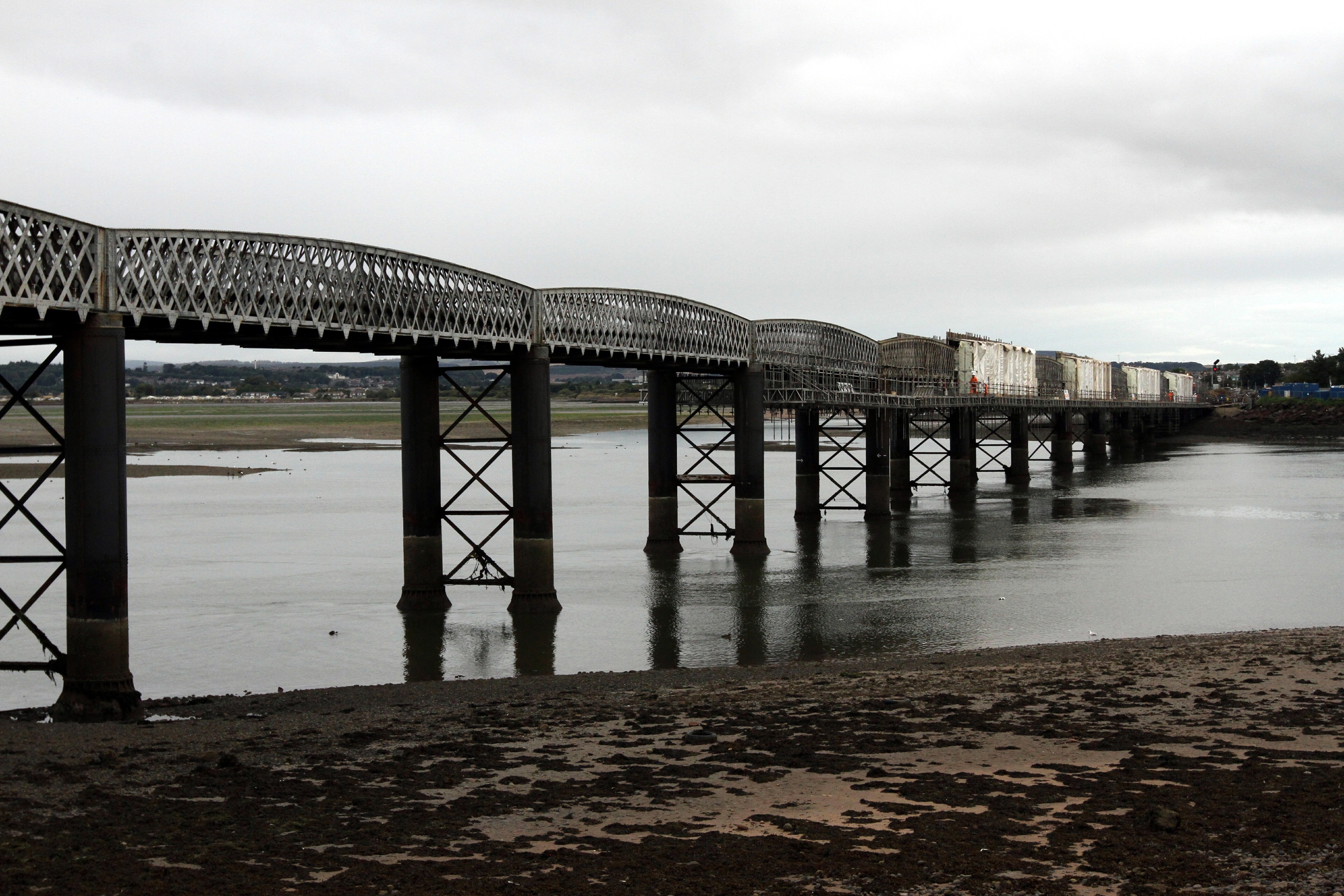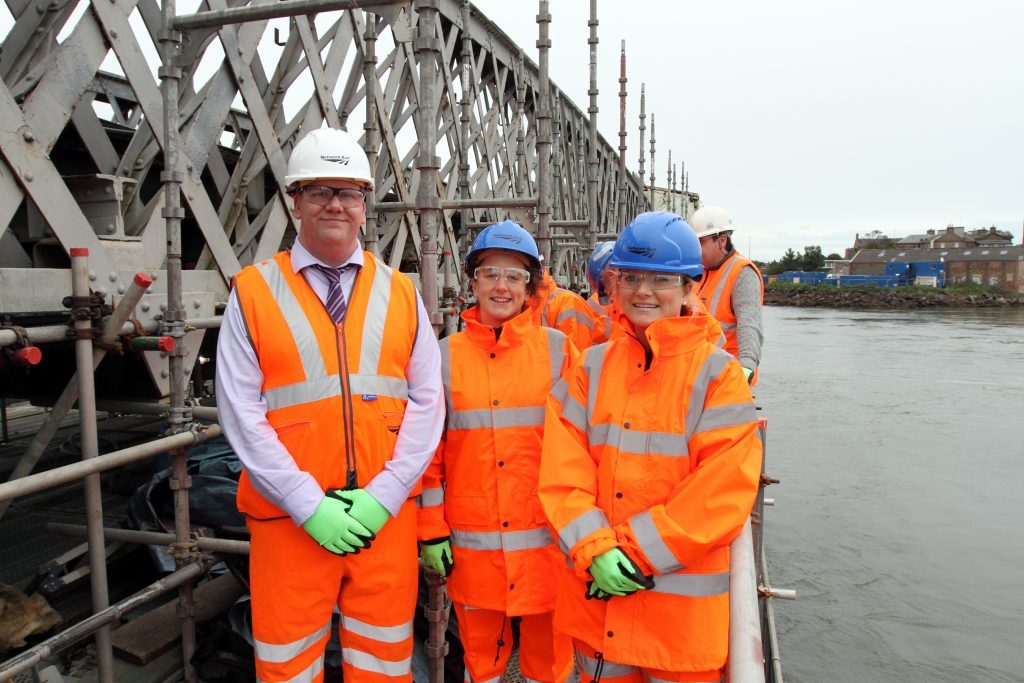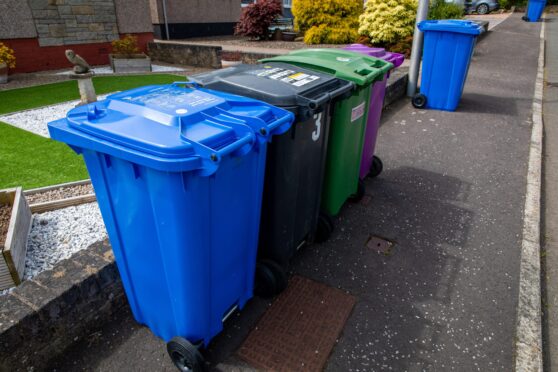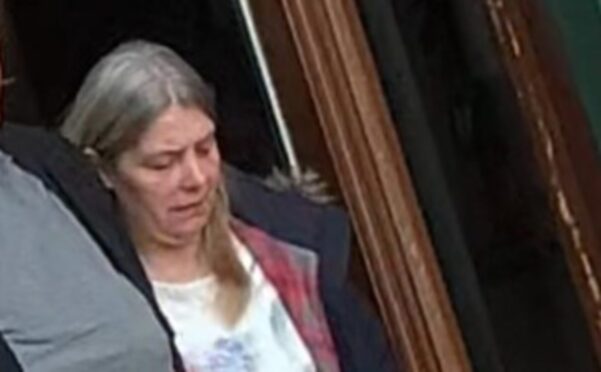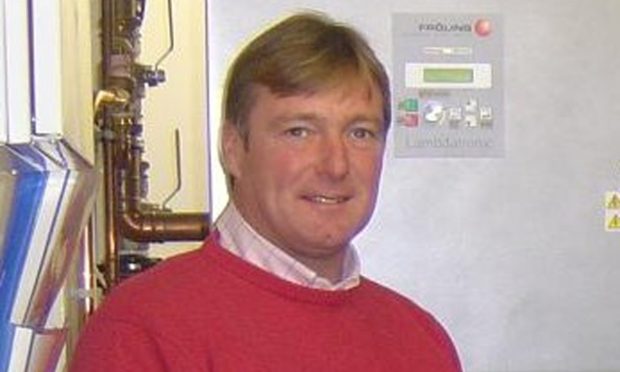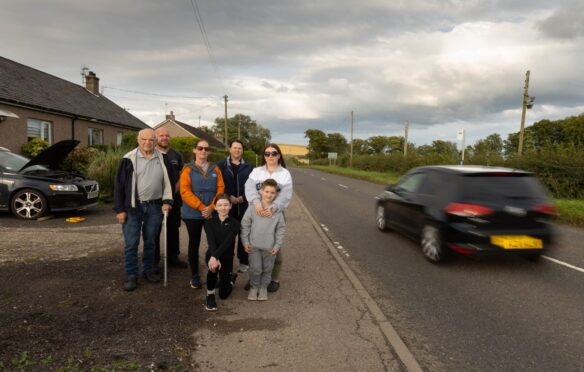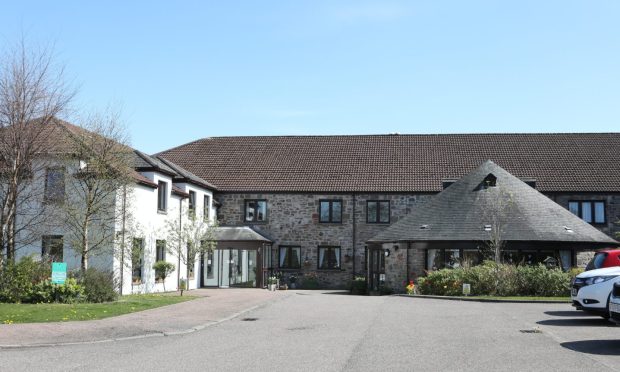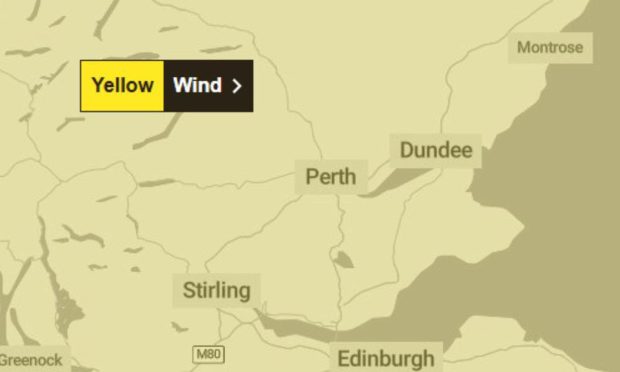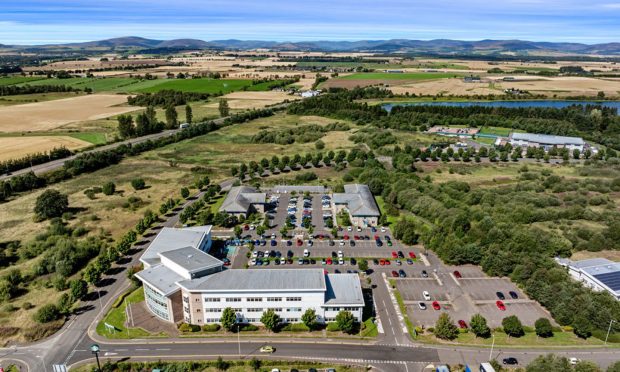For more than 130 years a feature at the mouth of Montrose Basin, a grand old lady of the town is being given a multi-million pound makeover to maintain her Victorian beauty for decades to come.
The 440-metre, 16-span South Esk viaduct was completed in 1883 by the same engineer responsible for the Tay and Forth Bridges.
In a 16-month project costing in excess of £4 million will be completely refurbished to maintain the structure’s important place on the country’s east coast main line.
The work is being carried out as part of Network Rail’s UK-wide railway upgrade plan and in a rare opportunity, The Courier was given access to the structure as part of a group walking above the fast-flowing tidal waters of the Basin to see first-hand the work already under way.
SNP MSP Mairi Gougeon and Conservative MP Kirstene Hair were also granted the privilege.
A grade B listed structure, the viaduct stands on 15 pairs of wrought iron piers above the river and is to be grit blasted, cleaned, repaired and repainted, section by section, in a project scheduled for completion next summer.
It was finished in 1883 as one of UK’s last major bridges to be built in wrought iron using lattice girders – a Victorian design standard utilised by renowned railway engineer William Arrol.
A bespoke scaffold system and walkway is now in place for the Network Rail project team and specialist contractor Taziker Industrial to access the structure and deliver the work safely.
The structure is also being ‘encapsulated’ to provide the right working environment in the exposed location as well as to stop any contaminants from leaking into the air and river below – particularly during grit blasting and painting.
Network Rail project manager Jeremy Spence said: “It’s a stunning location and I am sure the experience of working here over the coming months will be both exciting and challenging.
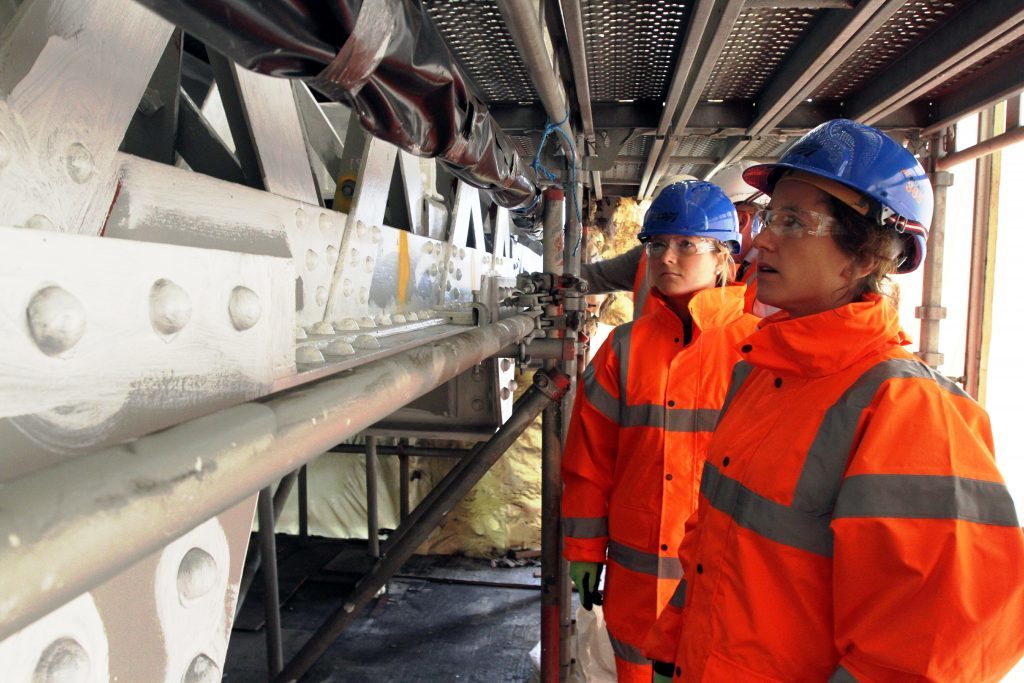
“Getting the chance to see the viaduct up close gives you great respect for those who built this structure more than a century ago and we hope that our work does justice to the legacy that we have been left by the Victorian railway pioneers.
“We take seriously our responsibility to maintain and preserve these historic structures, not just for the safe and efficient operation of the railway, but also how they look in their setting for those travelling on the railway or visitors to the area enjoying the beautiful views.”
The steelwork on the bridge is being painted window grey to match the original colour of the listed viaduct in a process which will ensure that the bridge will not need any significant maintenance for the next quarter of a century.
